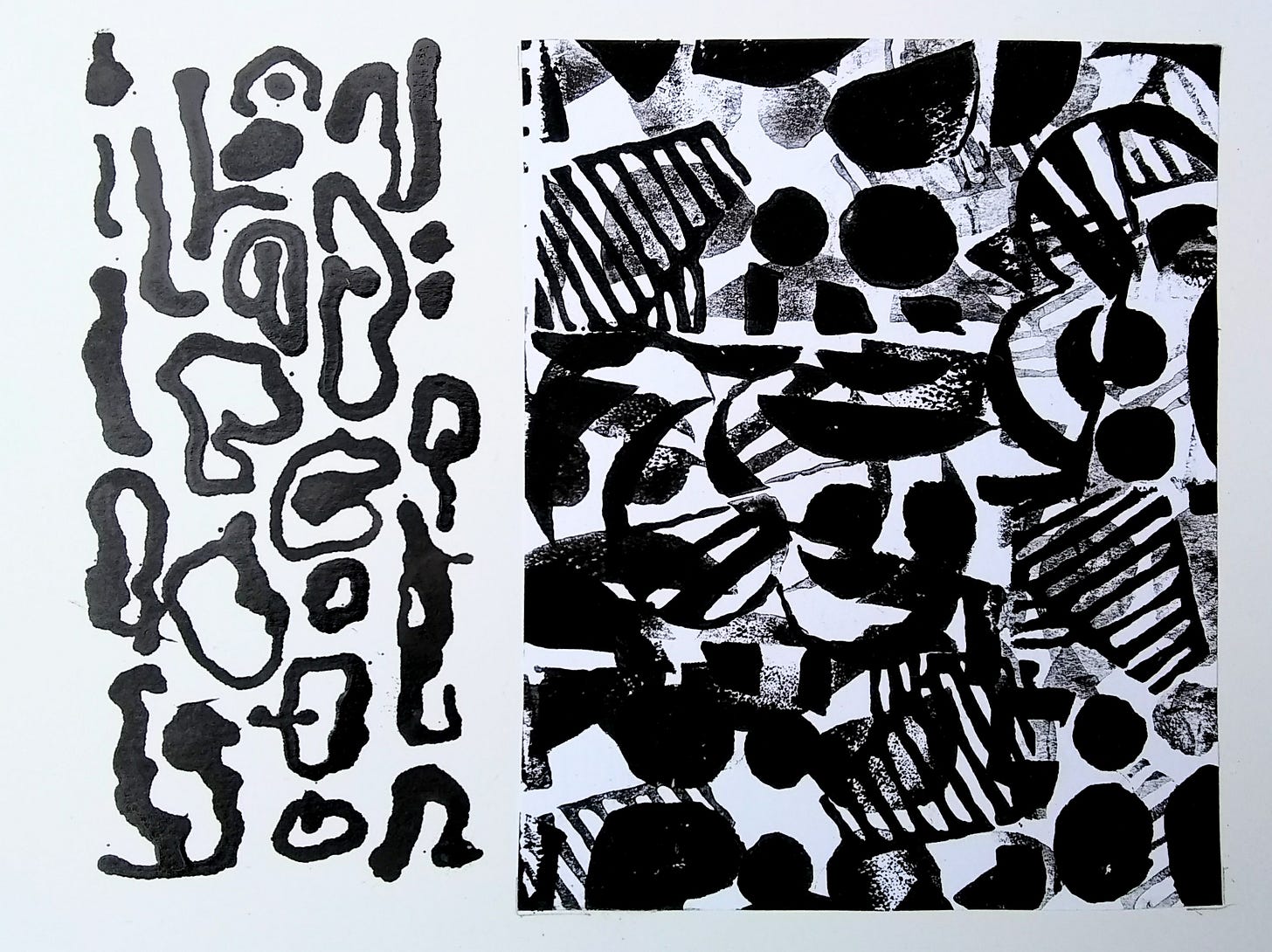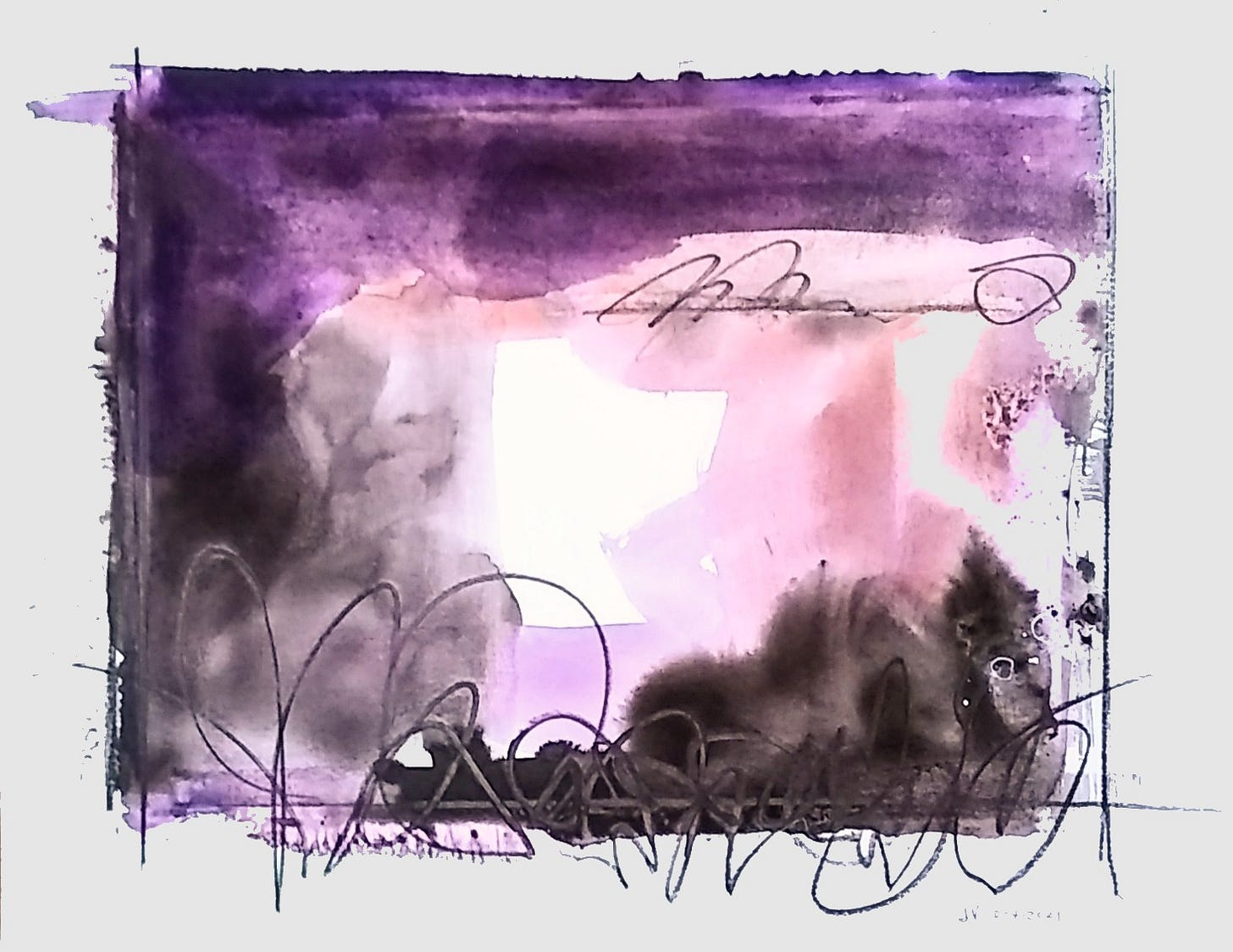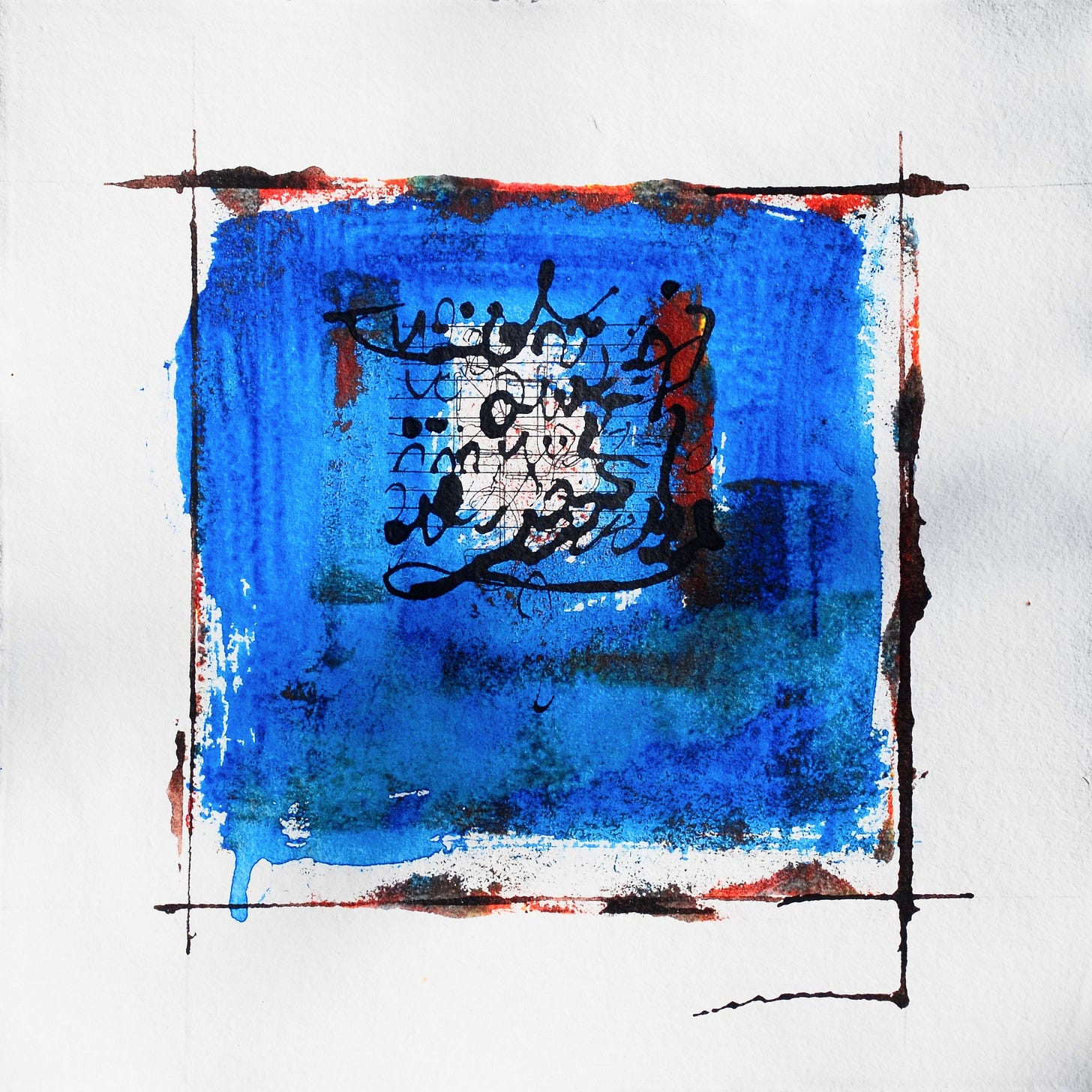10/9/2021
Updates (Ressa); Asemics (Schwenger, Jacobson, Roxas-Chua, Tabios); Livernois, Pulido, LindaLay, Bascara, Fungi, Vicuña (Insectageddon); Cimafunk and Lofi-hip-hop.
OUTPOST UPDATE
Congrats to Philippine journalist Maria Ressa on receiving the 2021 Nobel Peace Prize! She’s one of my heroes. As I mentioned in the last issue, it was Maria Ressa who alerted me (in “The Dictator’s Playbook” a podcast interview for the Center for Humane Tech) to the dangerous effects of Facebook in the Philippines, Myanmar, and other countries that are in crisis and/or experiencing an upsurge in violence. We need to encourage legislation to regulate how these corporate social media giants operate.
There are also decentralized alternatives to Facebook and Twitter’s centralized corporate platforms. Here are a few alternatives, and a little snooping around online will reveal more:
Mastodon.art (for artists)
MeWe (centralized but lacking the AI advertising brain-hacks of the corporate giants).
Odysee (a YouTube alternative)*
*After taking a longer look through Odysee—nah. I don’t recommend it.
ART
I tend to work in phases, seesawing between oulipo-style constraints, and more “free-form” modes such as asemics and haptics. Peter Schwenger’s book, Asemic: The Art of Writing, has enhanced my current interest in asemics, but I’m also seeing how I can incorporate it into constraint-based art. Here are a few asemics that I’ve done with ink or marker, often combined in a painterly way with watercolors or acrylics:
You can see how, in asemics art, the gesture and proposition of writing asserts its presence, while seeming to resist the meaning that the action proposes. Schwenger’s book begins with a quote from Theodore Adorno:
All artworks are writing, not just those that are obviously such; they are hieroglyphs for which the code has been lost, a loss that plays into their content.
—Theodore Adorno, Aesthetic Theory
“The physical skill of writing is disappearing,” Schwenger notes, to be replaced by keyboarding (p. 9-10). Furthermore, “the future is a matter of moving ‘into the universe of technical images’” (qtg. Vilém Flusser, p. 11). Although, for me, the gesture of the asemic is a joyful acknowledgement of the body, there is also this sense, however slight or large, of loss.
See also Michael Jacobson’s blog, The New Postliterate.
Sam Roxas-Chua tells us about asemics and reads from his beautiful Echolalia in Script. He doesn’t believe that asemics are devoid of meaning . . .
In “The Mortality Asemics,” poet Eileen Tabios writes: What is hair but a line? So I thought to create drawings using hair as a line, or hairs as lines—I envisioned these drawings against dark backgrounds since I would be working with white lines. In Queen Mob’s Teahouse.
LINKS
Murder and Mayhem, anybody? Local writer and editor Joe Livernois has launched a new exclusive online subscription-based publication called Where the Bodies are Buried, “dedicated to the forgotten history of California’s Central Coast.” “For a $5-per-month “patron” fee through Patreon, readers will receive regular stories about the region’s colorful past, interviews with local historians and notifications about upcoming events of historic interest. Subscribers will also be invited to engage in exclusive discussions and events with VOMB (Voices of Monterey Bay) editors on topics of mutual interest. And long-term patrons will receive deep discounts on the “Where the Bodies Are Buried” book (if and when it’s published).” VOMB is a great publication—check it out!
In his essay “Pinoy Cinema is On the Rise,” Rod Pulido writes;
The Fil-Am Cinema Movement of the early 2000s came at a time when Filipinos did not exist on our TVs or the big screen. We were utterly invisible. But a handful of us dared to try to change that narrative. We groundbreaking filmmakers and our struggles are a part of Filipino American history. Seek out our films, watch them, tell others about them.
Read more here.
In a recent issue of LINDALAY’s Newsletter, Linda Lay contemplates the processes and intersections of repairing, repurposing, and writing biographically.
In the Filipino/American Artist Directory, James Bascara writes:
Through my work, I am uncovering building blocks for new myths. I explore the restrictions and possibilities of various materials and mediums, whether through painting, animation, zines, ceramics, etc. As a Filipino American, I dwell on ideas of colonization, lost languages, memories, and histories, as well as the potential of forging of new paths and identities, by acknowledging my both my heritage and my current place and time. The works can be seen as new artifacts, objects and stories that provide another way of understanding ourselves.
Both his zines and certain animations make me think of asemics (although he may not see them that way).
My mind has been on fungi, lately. You’ll find out why, later. Check out the Fungi Foundation: at the intersection of art and science.
Cecilia Vicuña’s “Insectageddon.” The event addresses the devastating loss of insect populations around the world due to the immense scale of toxic industrial farming, pesticides, and habitat destruction:
SOUNDINGS
Cimafunk! Havana meets New Orleans and parties hard.
“’Caliente’ unites the traditional tumbao and clave from Cuba with New Orleans brass and classic funk grooves, all rooted in African origins. Caliente is an experiment of shared cultures and origins.”
Sometimes I indulge myself in nostalgia, especially during this pandemic—and what better medium than 1970s lo-fi hip-hop remixes and covers. It’s like looking back at yourself, but through multiple (generational) lenses of time-travel—or something like that. Both nostalgic, yet strangely anti-nostalgic. This one is from Tune Free Audio:
Dear White Rabbit:
Once again, I have written past midnight, and I see that I have already become a pumpkin. See you next weekend, when I will have become a mushroom . . .








Thanks for mentioning my post and for sharing all of these things that stimulate so many senses and provoke so many new ideas. Your asemic works feel vibrant and soothing at the same time. I look forward to seeing what happens when you turn into a mushroom!